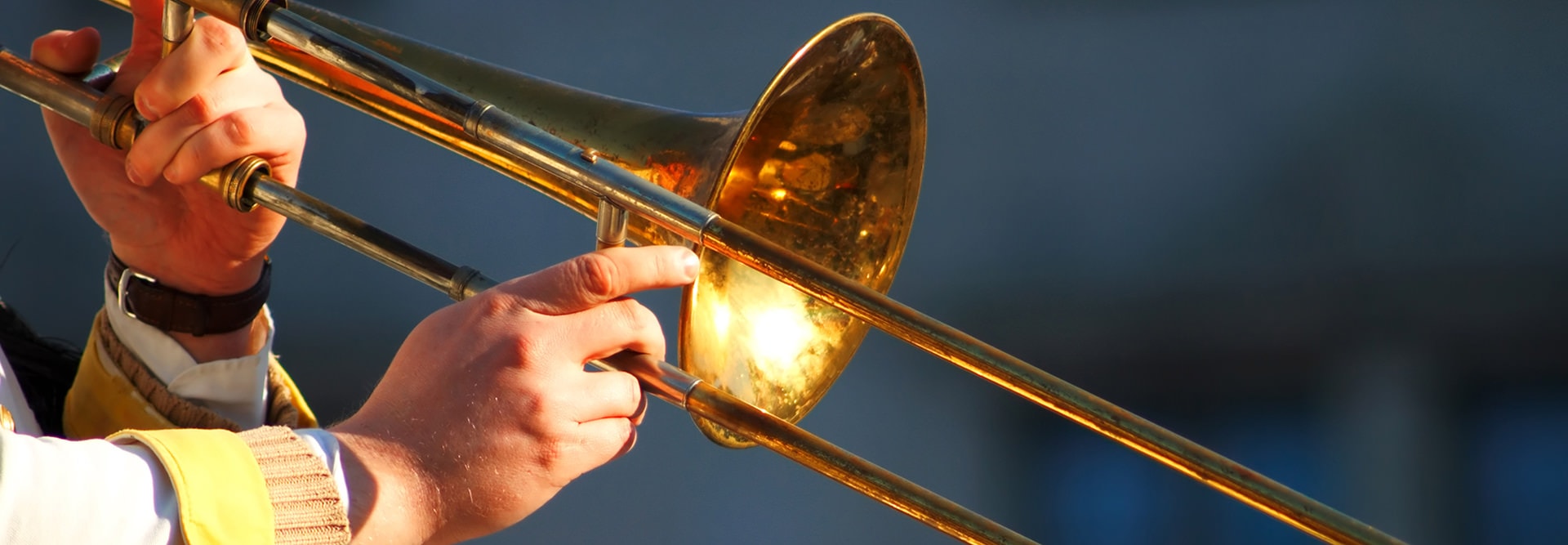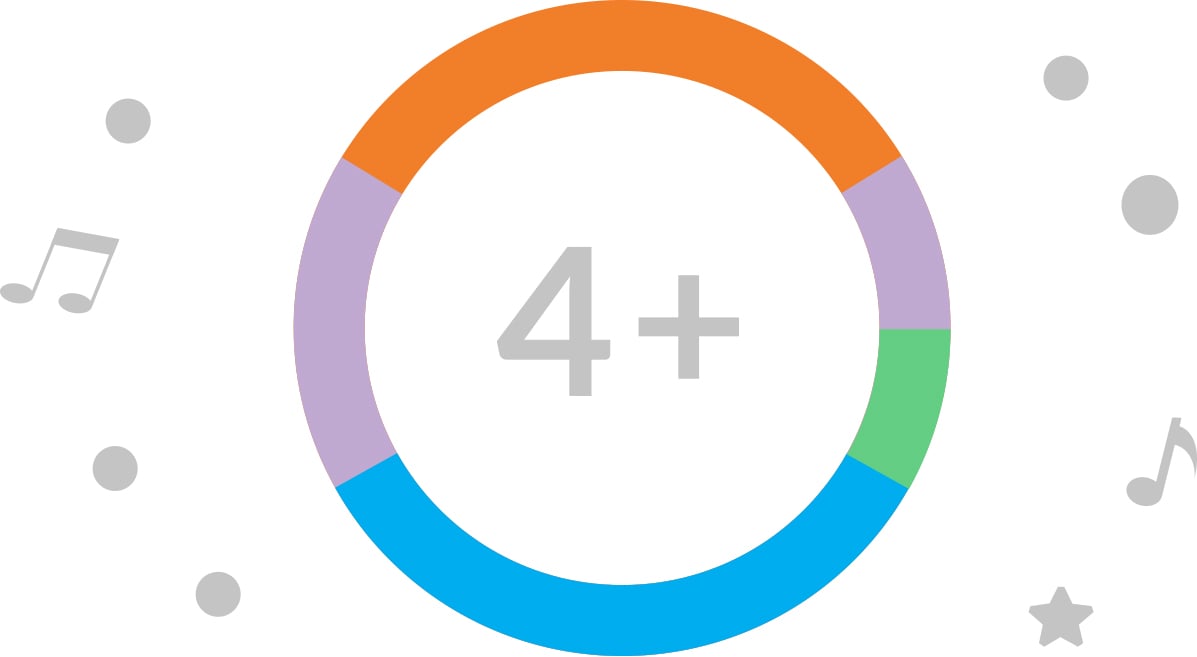
Learning how to play trombone is a great activity for students of all skill levels. Part of the brass family of instruments, the trombone is used in a wide variety of music including classical orchestral pieces, wind bands, military bands, brass bands, jazz, swing, and salsa among others. Therefore students have many different options when it comes to repertoire they can explore with a Musika teacher!
The trombone is played by blowing air into the mouthpiece through closed lips. This causes a buzzing sensation for the player and sends vibrations through the instrument to create a low, brassy sound. The instrument also features a slide that the player moves in and out to create individual notes. The most common trombones are the tenor and bass, both pitched in Bb, but several other sizes exist, including the alto and soprano trombone.


